- What is backpacking and why do people do it?
- Who and what is a backpacker?
- Backpacking through India and Karnataka
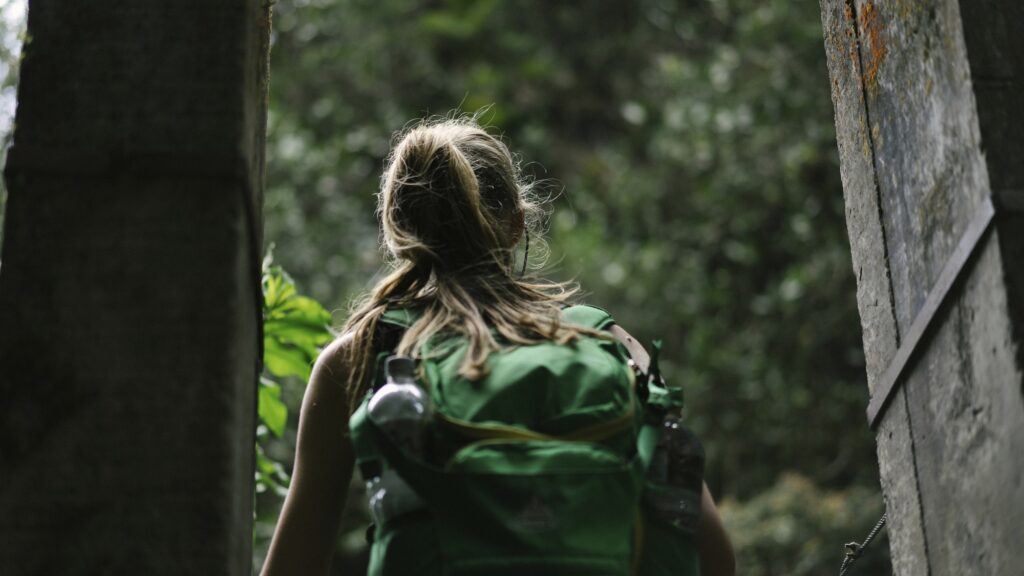
What is backpacking and why do people do it?
Travel and exploration is a drive that has been within humans ever since consciousness began to develop and form. The earliest travellers were the pastoral nomads who moved from place to place in search of better pastures and living conditions. Over time, many spread across lands and seas to settle wherever it felt natural to be.
Many dared to travel unchartered seas and dangerous lands in search of better prospects or to seek knowledge. Sometimes they travelled just for survival or to conquer. Man has had a myriad of reasons to travel and this has happened over the period of thousands of years.
It is in the modern age, with scientific development and the progress of transportation mechanisms that fuelled this travel in a faster way. The Industrial Revolution created cars, buses, trains and planes that made long journey far shorter.
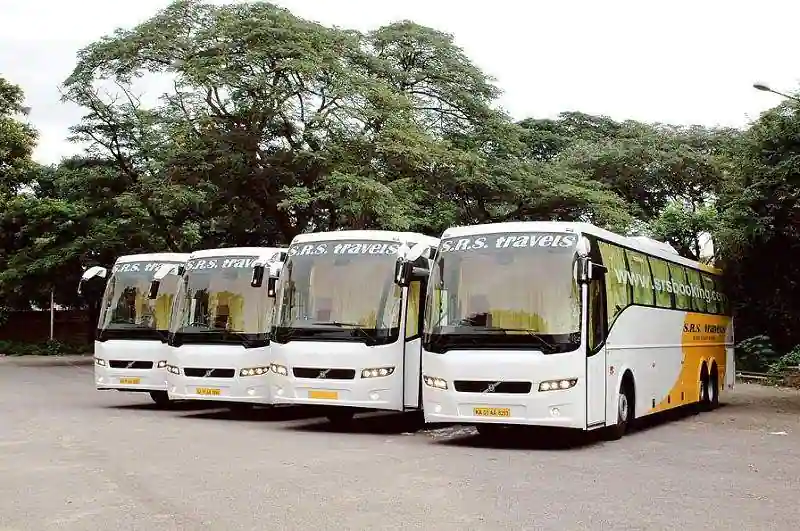

The 1960’s can be attributed to first wave of travellers who moved around for leisure and pleasure. Till then, travel was dangerous and a luxury. One moved across the Atlantic from the United Kingdom to the America’s for escape or opportunities but that was limited to a one-time thing.
This was the famous ‘Hippy Trail’ that started out from Europe and continued till Asia (India specifically). This passed through Iran and Afghanistan which then were traversable by road. The original van culture sprung up then where a whole bunch of young adults from Europe and the Americas took off in search of love, peace and happiness. The fuel was stories, adventure and exploration like never before.
As slow advent of globalisation affected prices of fuel and transportation – the trail was a popular one through the 70’s especially since Iran and Afghanistan were well known for the production of a certain green herb that was the core of the Hippy movement. It made the adventures all the more psychedelic and memorable.
The idea was to travel light as it was easier to keep track of lesser things. Use whatever was available around rather than carry it. Overtime this led to knowledge exchange, creative solutions and a sort of formalisation of the once unknown route.
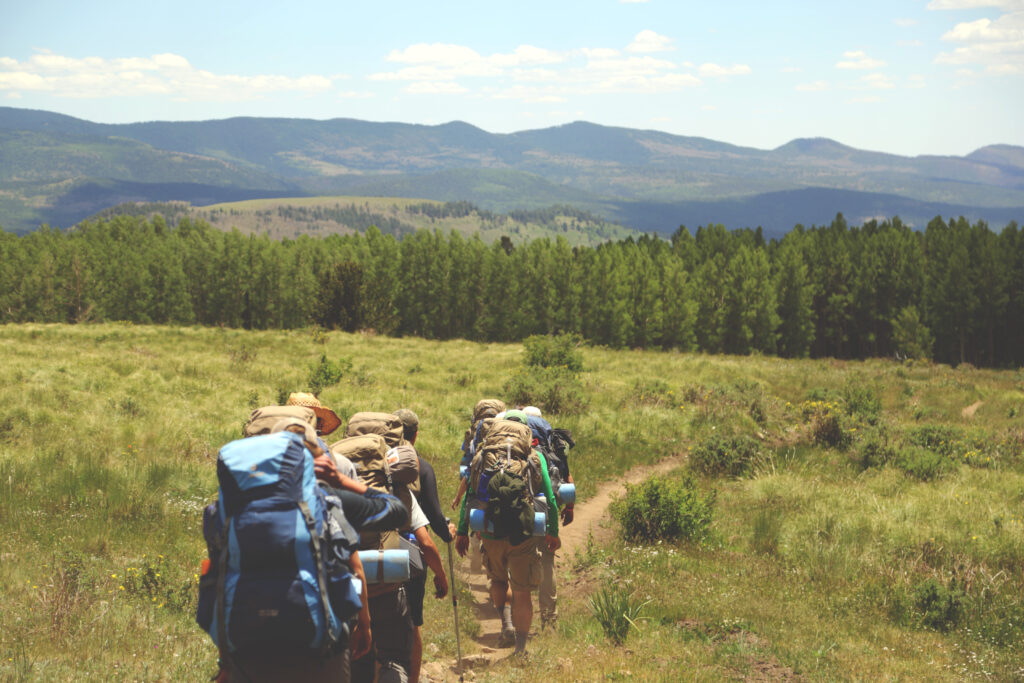
More hotels and homestays started popping up on the route. Locals figured out a newer way to earn income. Of course, it was not all hunky dory – every movement has a flip side.
By the time the 80’s came around, it was a difficult time around the world with a rise in the cold war along with the invasion of Afghanistan. Iran was not as hospitable as it was before with the change in the regime. It was officially the end of the Hippy Trail.
However, the end of one thing is always the beginning for something new. More travel and exploration started within Europe with the formalisation of the European Union. This saw the rise of the hostels who were catering to a very particular set of new travellers – the backpacker!
Who and what is a backpacker?
The backpacker is someone who carries all their belongings in a single backpack. There are associated styles of travel with this kind of a traveller who engage in immersive slow travel or adventurous travel.
The roots of such travel can be traced back to wandering travellers and gypsies who figured a way to travel light and use their skills to earn on the road. With the progress of the internal frame for backpacks, the ability to carry a heavier load on the shoulders without damaging it or the back became a huge advantage. It was enough to carry all the basics and move around in an agile manner.
Using local forms of transportation is a big part of this kind of travel and staying in low-cost accommodation for a long duration as well. The only way to bring down the cost of the stay was to travel to places that weren’t yet tourist traps. This created the need to go further out of the comfort zone to explore places yet to be seen.
As the dot com generation began with a boom, the 2000’s brought with it a new tool – the internet! Now information was not limited to just books. It was there online, and it was easily shareable. Slowly and surely, this found its way with blogs which replaced travel books and guides and continued through the decade.
The 2010’s witnessed the rise of disposable income around the world, stronger internet than ever before, rising tourism across the board and ease of travel with the smartphone generation that led to the greatest decade of travel for the common man around the world.
The digital nomad has become a known entity – the backpacker has evolved to carve a niche through various forms of income – yoga, dance, healing, wellness, music and more! The regular digital based workers figured out that they need not entirely have to succumb to the 9-5 routine and had the option to become their own masters and has led to the rise of bloggers, vloggers, designers, artists, marketers, developers, coders, website builders and so on!
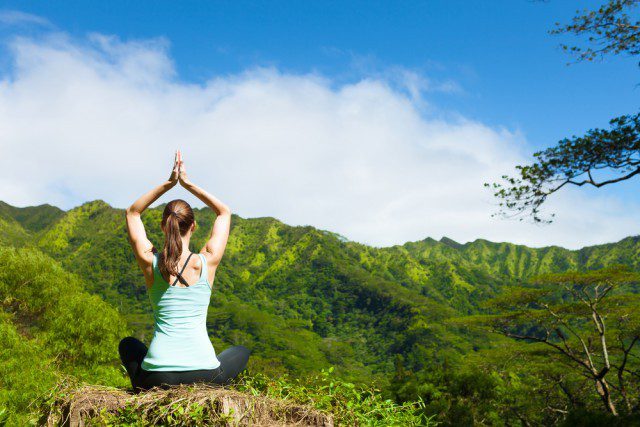
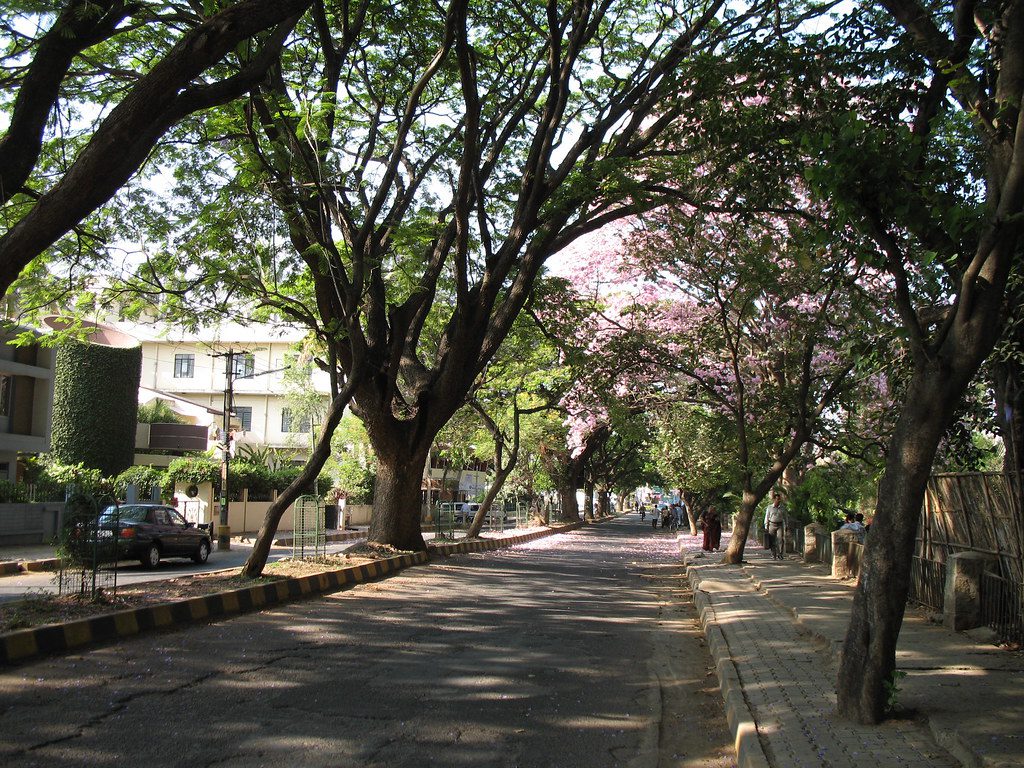
However, despite the rise in all of this, at the core backpacking still maintains its roots – to explore, learn, experience and to travel seeking a development in consciousness through interaction with places, people, culture, history, heritage, language and more!

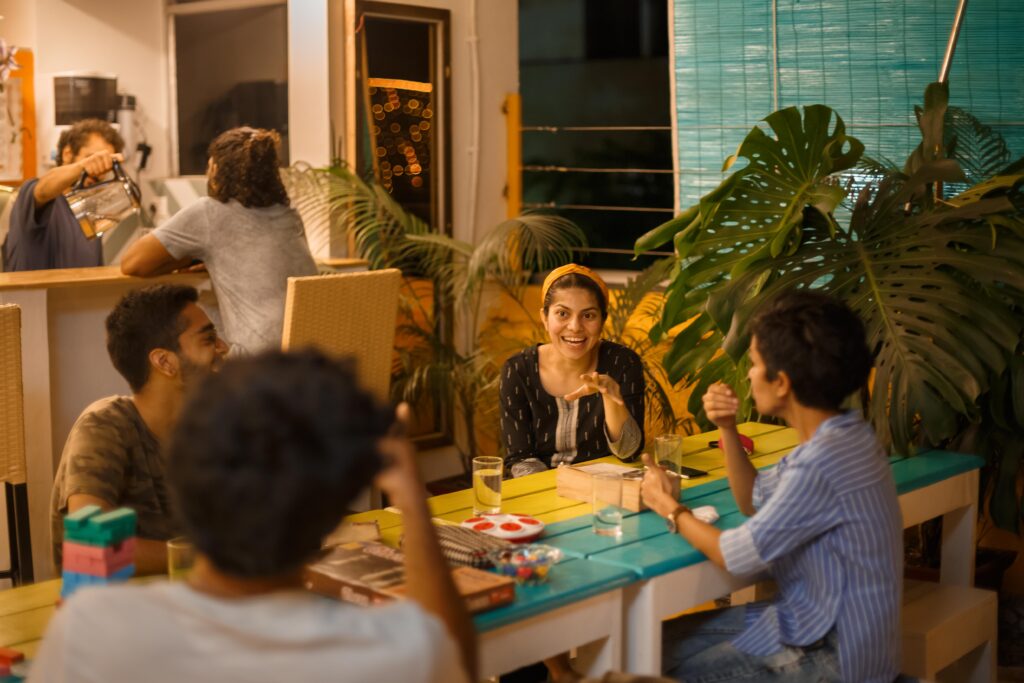
Backpacking through India and Karnataka
India has always been a fascinating destination for backpackers. The land of yoga and mysticism in the early years has now transformed into a destination of wonders for many. A one stop destination to experience history, heritage, food and culture coupled with natural wonders and spiritual awakening – the new age traveller seeks to discover not only the country but also themselves.
India can be divided into various zones for travel as it has so much to discover. It can be divided between the north, south, east, west and north east! Only can a country like India have five directions as opposed to a standard four.
In the south there are five or so states to discover – Kerala, Tamil Nadu, Karnataka, Andhra Pradesh, Telangana, Goa. The states mentioned here alone can be a universe on their own in terms of travel and discovery so we’ll stick just to the one – Karnataka.

1. Gokarna – A small seaside town in Coastal Karnataka. This place was known as a pilgrimage spot for worshippers of Shiva in the nearby areas of the state. Roughly translated, Gokarna means ‘Cow’s Ear’. It isbelieved that Shiva emerged from the cow’s ear here. It is one of the seven most holy spots for pilgrimage in India (for followers of Shiva).
It started becoming popular in the late 80’s with western travellers who were looking for more than just the parties of Goa. Beautiful beaches, friendly people, peaceful village life is what drew many to this place. Of course, being very reasonable on the pocket was another mainstay. It was the perfect getaway to practice peace and tranquillity. With the popularity soaring in the mid 2000’s, Gokarna is now a definite place to relax especially for those who are leaving the hectic nature of Goa. The small-town touch still exists that gives it a lovely quaint flavour.

2. Hampi – No trip to India can be complete without visiting this amazing place. Once the capital of the Vijaynagara Empire, it now is a UNESCO World Heritage site where you can see well preserved ruins of a city that existed centuries ago. With a very unique landscape made up of hills and boulders, it is a popular destination for rock climbers from across India and the world.
There still exists a village and active temple inside the ruins that make it a unique place to check out. The Tungabhadra River divides the ruins from other villages where farming and cultivation still continue. To experience living among the fields of rice paddy is something that is possible here.
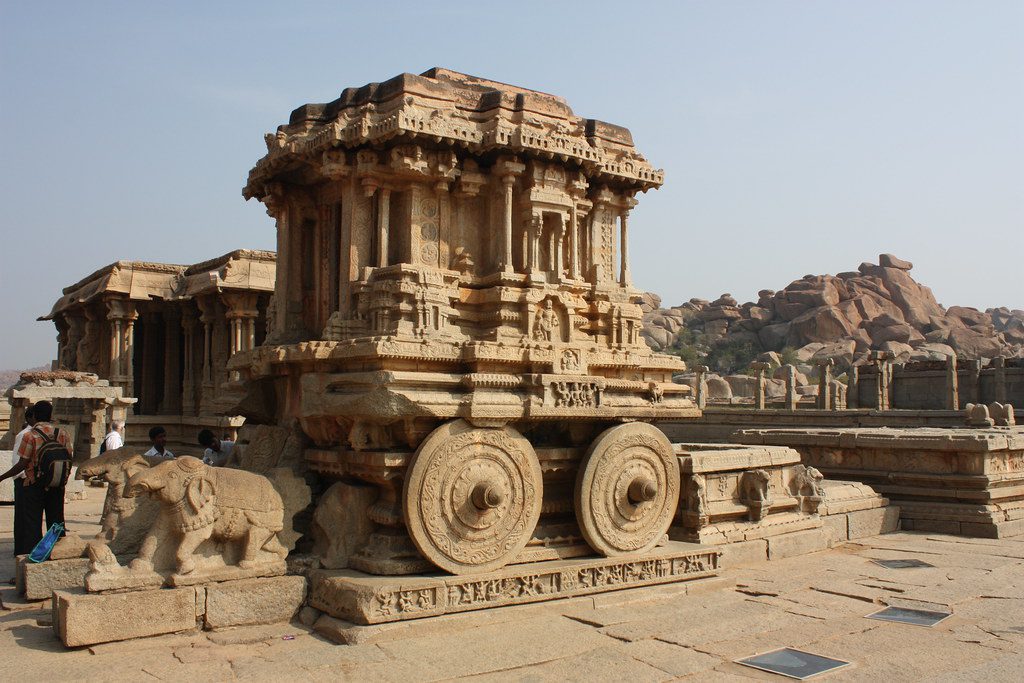
3. Mysore – Always considered the cultural capital of Karnataka, the city has become a centre of yoga patrons from around the world. It is a significant center in India for the practice of yoga and is home to many yogashalas and gurus.
Often forgotten, Mysore was the principal city of the Kingdom of Mysore till the late 1800’s before it was shifted to Bengaluru. The city is not as fast as Bangalore so it can be a good place to unwind from heavy travel. There are loads of historical sites like the Mysore Palace and temples like that on the Chamundi Hill.
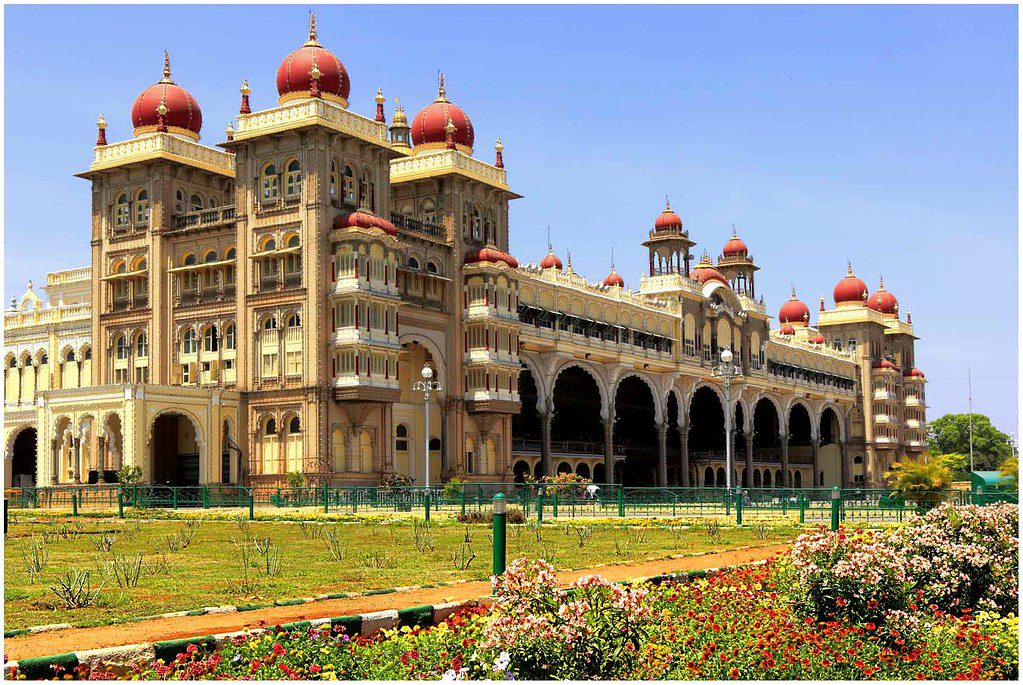
4. Bangalore/Bengaluru – The biggest city and the capital of Karnataka, Bangalore is home to nearly 12 million people. Known as the Silicon Valley of India, Bangalore has become famous over the past few decades because of the IT boom that took place here since the mid 90’s.
It is also called Pub City for the sheer density of pubs and bars and is home to the largest number of brewpubs in India. What makes this big city unique is its favourable climatic conditions. Owing to being at a height of 912m (which is higher than many famous hill stations in India), the city has favourable climate throughout the year. It can be a relief especially when you’re travelling through the torrid summer that the rest of the country suffers.
There is a lot of history and heritage that the city has to offer. Having a 500 year official history gives Bangalore an edge in terms of experiencing the merger of modern and traditional. The city is great for the foodies and has plenty of legendary eatery outlets to visit.

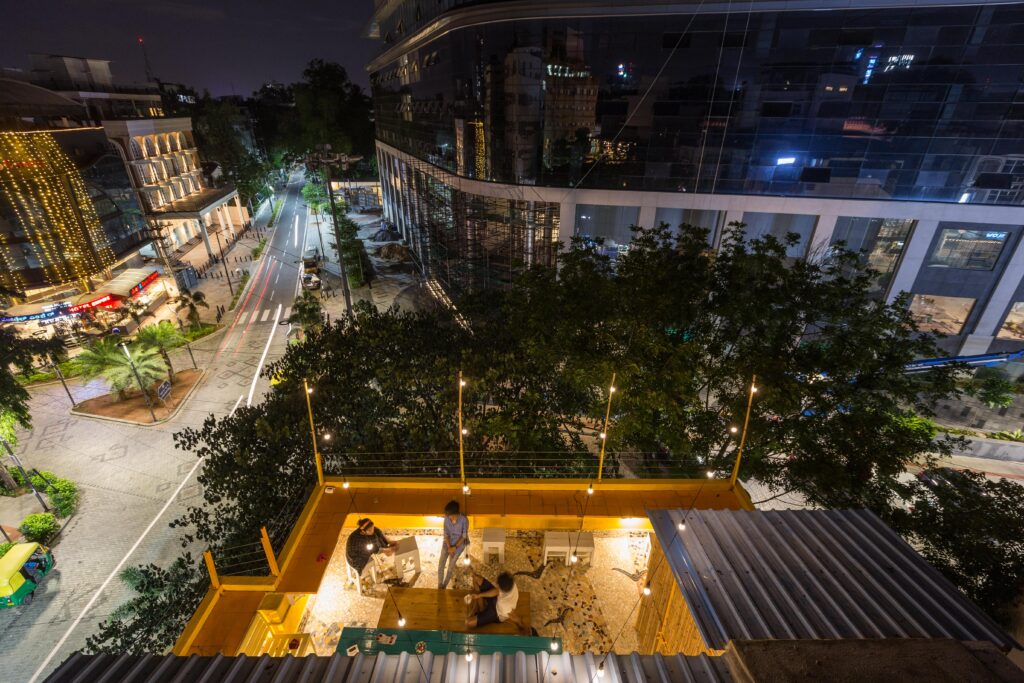
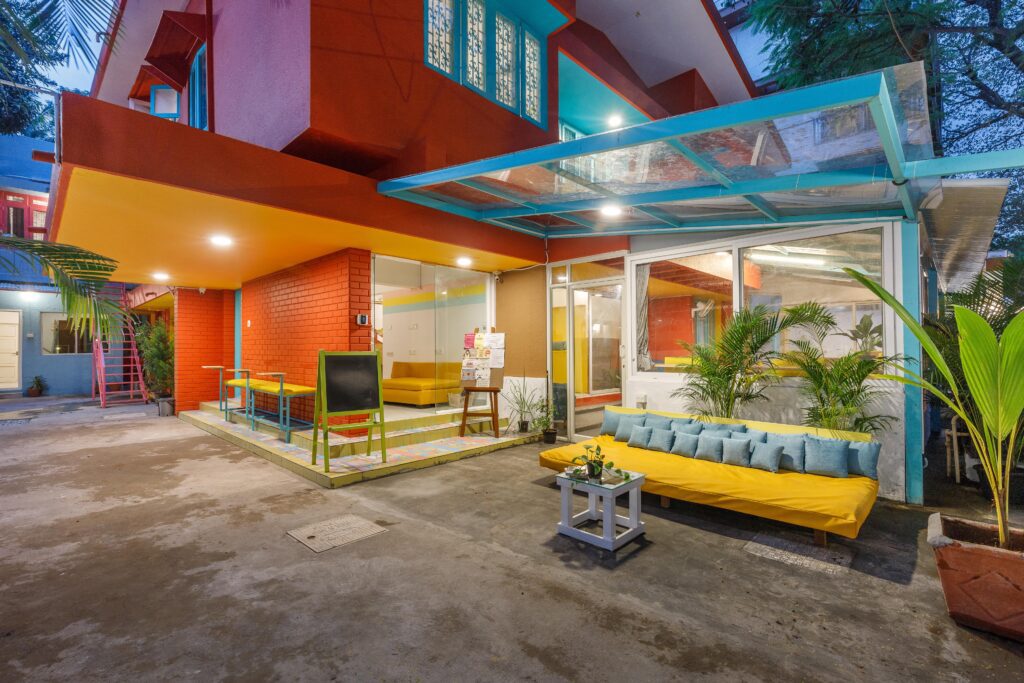

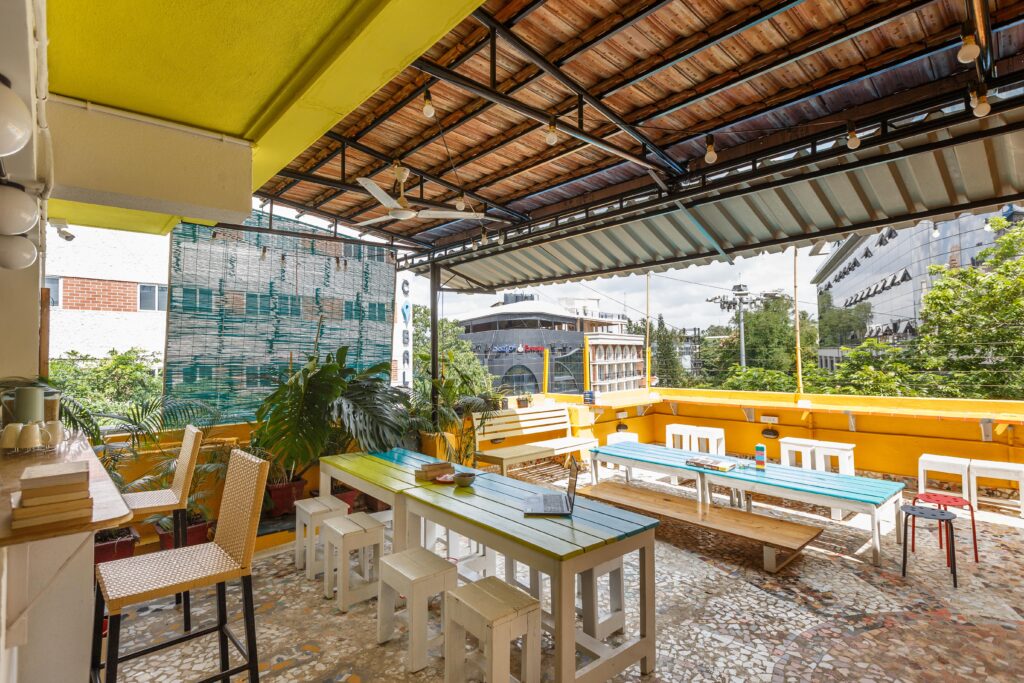
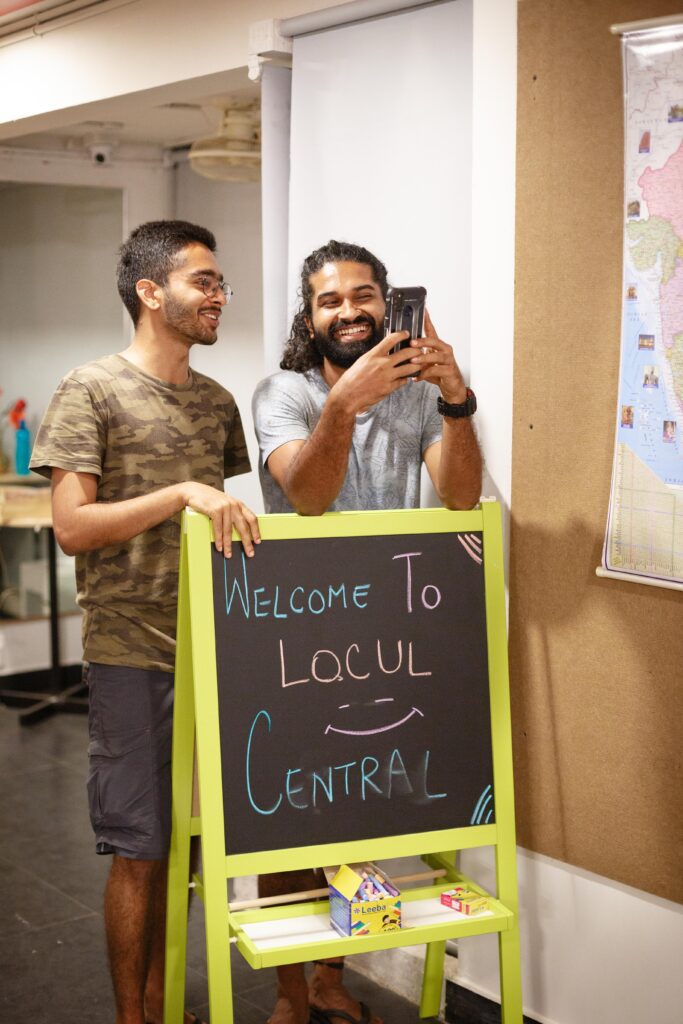
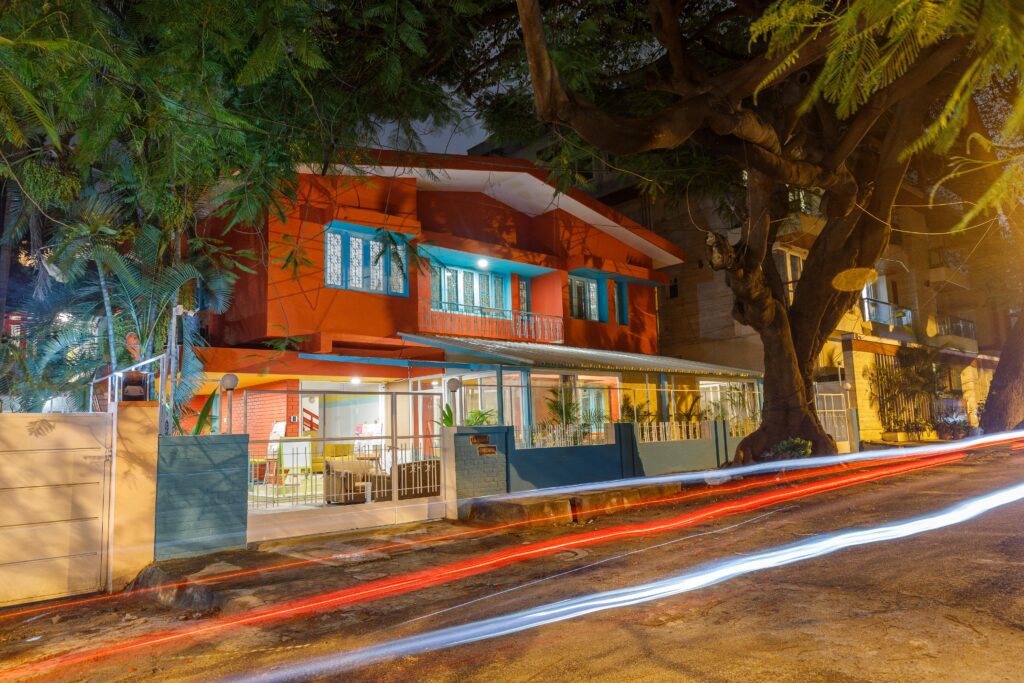
If you’re ever in Bangalore and are figuring the best place to stay at an affordable price, Locul Hostels is the place to go. Located in many important locations in the city, the hostel has great amenities and plenty of experiences on offer.
Check it out here: click here
